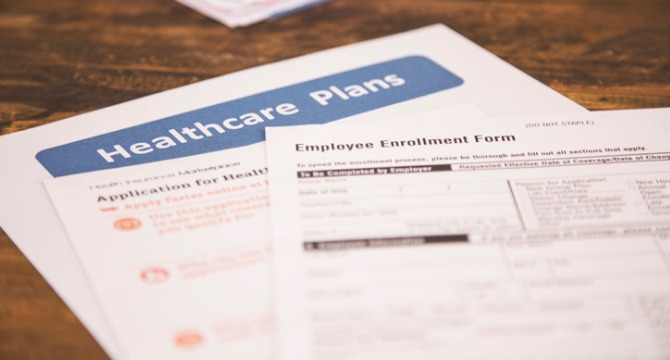Under Developing IRS Guidance (Not Final), an Employer Would Be Able to Fully Satisfy ACA’s Employer Mandate Without Maintaining Group Health Plan

Takeaway Message: A recent IRS notice provides a future path for employers to avoid ACA employer mandate penalties by reimbursing employees for a portion of the cost of individual insurance coverage through an employer-sponsored health reimbursement arrangement (HRA). While the notice is not binding and at this stage is essentially a discussion of relevant issues, it does represent a significant departure from the IRS’s current position that an employer can only avoid ACA employer mandate penalties by offering a major medical plan.
Background: As described in more detail in a previous update, the ACA currently prohibits (except in limited circumstances) an employer from maintaining an HRA that reimburses the cost of premiums for individual health insurance policies purchased by employees in the individual market. Proposed regulations issued by the IRS and other governmental agencies would eliminate this prohibition, allowing an HRA to reimburse the cost of premiums for individual health insurance policies (Individual Coverage HRA) provided that the employer satisfies certain conditions.
The preamble of the proposed regulations noted that the IRS would issue future guidance describing special rules that would permit employers who sponsor Individual Coverage HRAs to be in full compliance with the ACA’s employer mandate (described below). As follow up, the IRS recently issued Notice 2018-88 (the Notice), which is intended to begin the process of developing guidance on this issue.
On a high level, the ACA’s employer mandate imposes two requirements in order to avoid potential tax penalties: (1) offer health coverage to at least 95 percent of full-time employees (and dependents); and (2) offer “affordable” health coverage that provides “minimum value” to each full-time employee (the terms are defined by the ACA and are discussed further in these previous updates).
Offering Health Coverage to at Least 95 Percent of Full-Time Employees: Both the proposed regulations and Notice provide that an Individual Coverage HRA plan constitutes an employer-sponsored health plan for employer mandate purposes. As a result, the proposed regulations and Notice provide that an employer can satisfy the 95 percent offer-of-coverage test by making its full-time employees (and dependents) eligible for the Individual Coverage HRA plan.
Affordability: The Notice indicates that an employer can satisfy the affordability requirement if the employer contributes a sufficient amount of funds into each full-time employee’s Individual Coverage HRA account. Generally, the employer would have to contribute an amount into each Individual Coverage HRA account such that any remaining premium costs (for self-only coverage) that would have to be paid by the employee (after exhausting HRA funds) would not exceed 9.86 percent (for 2019, as adjusted) of the employee’s household income. Because employers are not likely to know the household income of their employees, the notice describes that employers would be able to apply the already-available affordability safe harbors (described in more detail here) to determine affordability as it relates to Individual Coverage HRAs. The Notice also describes new safe harbors for employers that are specific to Individual Coverage HRAs, intending to further reduce administrative burdens.
Minimum Value Requirement: The Notice explains that an Individual Coverage HRA that is affordable will be treated as providing minimum value for employer mandate purposes.
Next Steps: Nothing is finalized yet. Employers are not permitted to rely on the proposed regulations or the Notice at this time. The proposed regulations are aimed to take effect on January 1, 2020, if finalized in a timely matter. The final regulations will likely incorporate the special rules contemplated by the Notice (perhaps with even more detail). Stay tuned.
